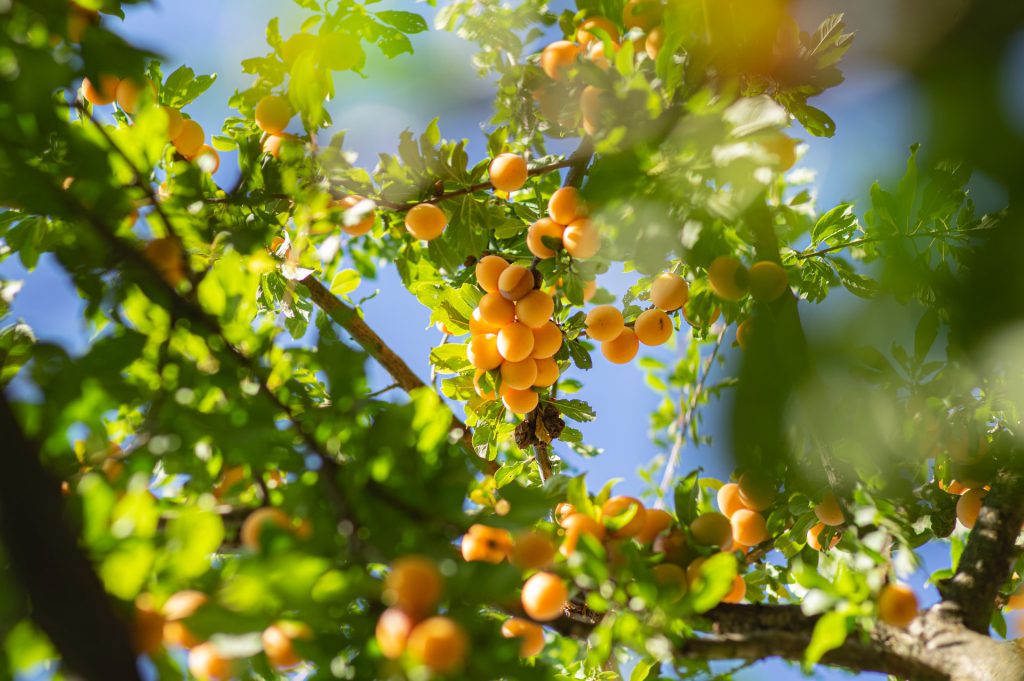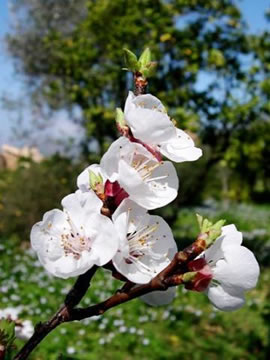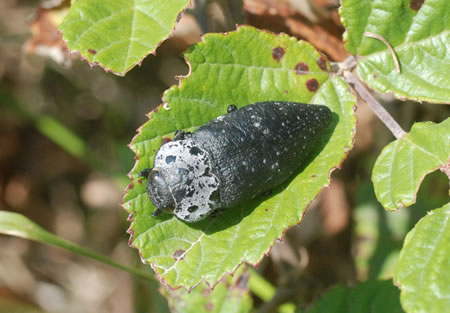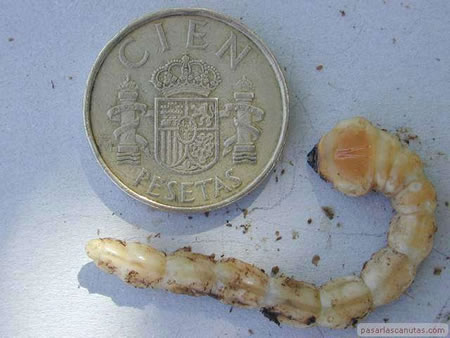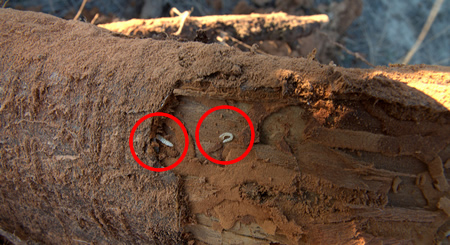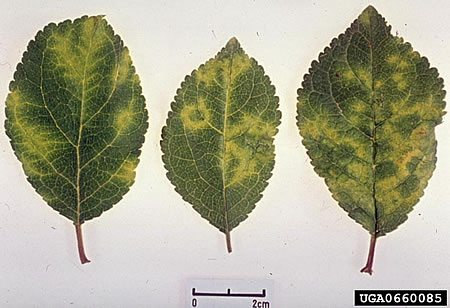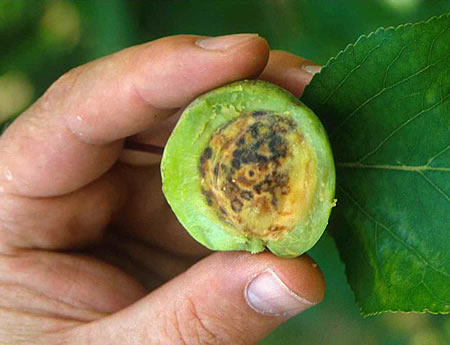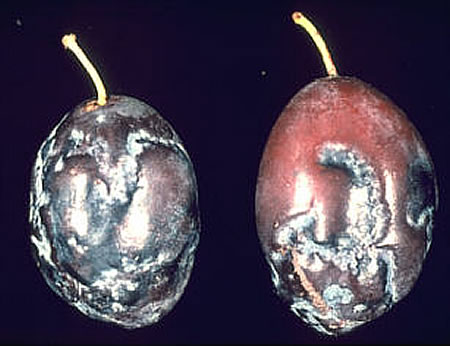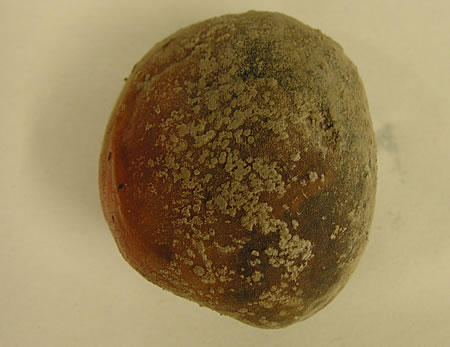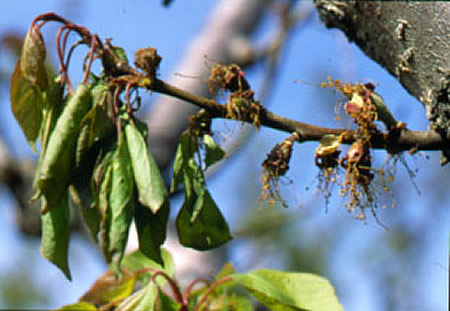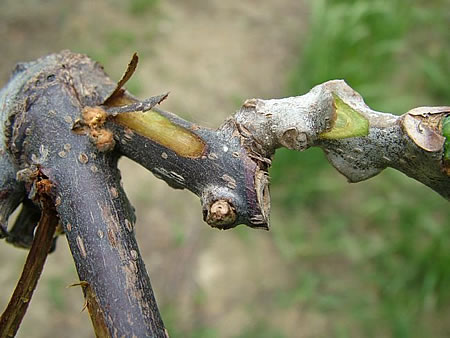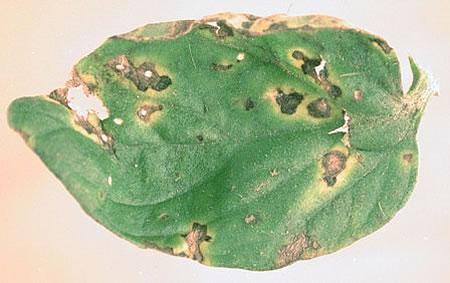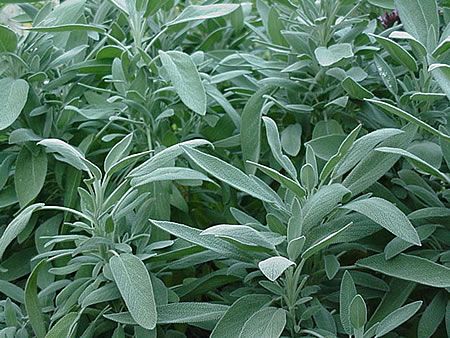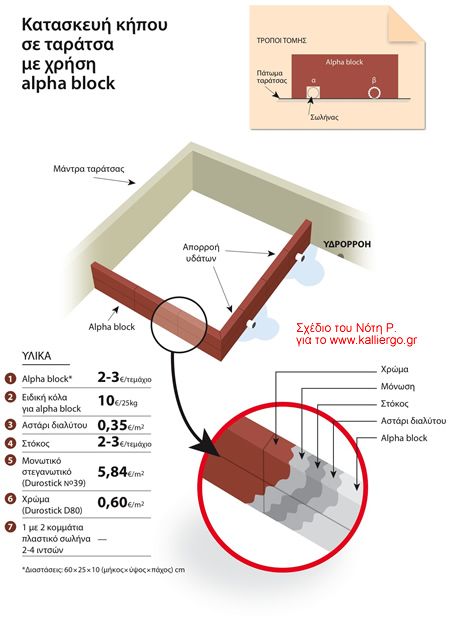Want to learn about growing apricots in your garden or in pots in the city? Here you will find tips and valuable information.
Figure 1. Apricot flowers. Apricot flowers have the same shape as peach flowers but are white.
Apricot is a fruit tree, deciduous and is cultivated in all temperate countries of the world. It belongs to the same family as the peach, almond, cherry, plum and cherry trees.
The cultivated area with apricot trees has decreased in recent years and apricot production has not been stable because it is affected by climatic conditions, particularly spring frosts. Under good conditions apricot trees can last up to 100 years.
European countries other than Greece that produce apricots are France, Spain and Italy.
Large quantities of apricots are processed and the products (mainly compotes) are exported to all European countries.
Greek name: Βερίκοκο, Βερικοκιά (Verikoko, Verikokia)
Scientific name: Prunus armeniaca, genus Rosaceae
Species and varieties
There are many varieties of apricot trees throughout the world. In Greece, both local varieties and varieties of foreign origin are cultivated.
Early Greek apricot varieties
Aurora: it is resistant to the virus: its flesh and fruit are medium to large in size. It has started to be planted in many areas.
Ninfa: has a nice red color, good taste and the fruit is medium sized.
Tyrinthou or Argos: local variety, grown in the Peloponnese (mainly in Corinth) and we get fruit in late May. The fruit is yellow with a reddish tinge, of medium quality and is a susceptible variety to the virus: flesh. This variety needs around 300-400 hours at a temperature below 7 degrees Celsius.
Bebekou: local variety, of excellent quality and its fruit is both for fresh consumption and for canning. The fruit is large and yellow. This variety accounts for almost 95% of Greek apricot production and requires 300-400 hours under 7 degrees Celsius. It flowers in the 20th decade of March and ripens in June-July. Keep in mind: every 10 cm of stem should have 4-5 buds, not more.
Luizet: variety from abroad and in Greece it is hardly cultivated. It is one of the most appreciated varieties for fresh consumption. Its low temperature requirements are 600 hours below 7 degrees Celsius. It flowers in the 20th decade of March and ripens in late June to early July. Caution: there are 3-4 buds per 10 cm shoot.
Paviot: although its fruits are large and of good quality, it is not very widespread in Greece because it is not so productive.
Early Orange and Stella: disease resistant.
Apricot varieties with low chilling requirements
Amor Leuch: originates from Tunisia and good pollinators are Quardi and Sayeb: it needs 200 hours under 7 degrees Celsius and ripens its fruits very early.
Quardi: also from Tunisia.
In most varieties of apricot the flowers are self-pollinated and thus do not need a pollinator.
Climate and soil for apricot trees
Apricot trees needs relatively cold winters. In southern areas where winters are warm, it does not flower normally and loses its buds. It is resistant, as mentioned, to low temperatures, even to -25 degrees Celsius, and needs a warm summer to perform.
In the Halkidiki region the Luizet variety suffers bud loss in spring due to insufficient low temperatures.
The soils in which apricot trees perform best are deep, loamy and well-drained, while dry and sandy soils are considered unsuitable.
However, it is more drought resistant than peach.
The best soil pH for apricot is 6.0-7.0. It belongs to the category of trees that have little resistance to salts, either soil or water.
Tip: Apricot should not be planted in areas with wet and rainy springs because it is susceptible to disease.
Apricot rootstocks
Apricot is propagated by seed and grafting.
Apricot seedlings: the seedlings are taken from seed of the Bebekou variety, which has good germination capacity and is free from the Flesh Disease virus. They are not affected by nematodes and are less susceptible to root rot. However, they do not tolerate poor soil aeration at all and are therefore suitable for light soils.
Peach seedlings: under drought conditions peach as a rootstock does well. However, it does not agree with all varieties of apricot.
Plum seedlings: the Myrobalan B-Carobbean rootstock is recommended for moist soils, whereas the Marriana GF-8-1 rootstock is recommended when the soil is very heavy.
Almond seedlings: suitable for deep and calcareous soils.
Apricot planting
Similar to peach. The best place for planting it is a sunny position.
For those of you who have a garden, it is good in the square planting system, the distance between the trees should be 5.5 – 6 meters and leave on your trees a lot of branches, to resemble a cup.
If you have a wall around your garden plant at a distance of 30 cm.
Pruning apricot trees
Apricot produces few shoots and long ones. So by pruning it, remove branches that are affected by a disease or when they are too close together. Severe pruning in apricot leads to the fruit falling off.
A suitable pruning pattern for apricot is palmette, i.e. we prune the sapling at a height of 50-60 cm and in the autumn of the first year we select the two arms (forming the “1st floor”) that are in the same direction as the tree line and the central axis that will continue the growth upwards, which is pruned at a height of 60-70 cm. The same work is performed every year until our tree reaches 3.5 – 4 meters.
In early summer, we thin the shoots with a distance between them of 4 – 5 cm, while the fruits are thinned in mid to late spring, leaving three fruits per branch. Caution: apricot fruits are very delicate and easily blackened, so thinning should be done carefully and not with sudden movements.
Irrigation of apricot trees
Apricot has increased water requirements, as it grows in warm climates or regions. It is a tree that produces a lot of fruit, has rich foliage and therefore needs to be irrigated frequently and as much as necessary. So similar to the peach tree, but after you have picked your fruit, you will not stop watering, this is a mistake and should not be done under any circumstances.
Growing apricot in a pot?
Apricot cannot be grown in a pot, as there is no nana variety!
Fertilization of apricot tree
Apricot tree has roughly the same fertilizer requirements as peach, except that it is not as demanding in terms of nitrogen. Nitrogen fertilization of apricot is annual and is applied in February to March. If you have a 1-3 year old tree: 1 kg/tree of ammonium sulphate (in calcareous soils) or 1.3 kg/tree of sodium nitrate (non-calcareous soils), tree 4 years old and over: 3-5 kg/tree of ammonium sulphate, 500 g/tree of potassium superphosphate and 300 g/tree of potassium sulphate.
In apricot trees, boron deficiency is often observed in the leaves and fruits. The leaves become narrow and brittle and in some cases resemble boats. Dead spots, round and scattered, giving the appearance of pierced leaves, are also observed. In the fruits, there is internal browning and the tissues resemble a cork. Externally, the fruits are torn at 1/4 of the thickness of the flesh.
Treatment is done by adding borax to the soil (100-125 g/tree) or spraying the leaves with 0.125% boric acid.
Pests of apricot
Flat headed borers
The flat headed borers is considered a serious pest of apricot trees. Damage from the tunnels in the bark and wood of the trunk almost always causes the death of the trees.
Figure 3. Adult of flat headed borer in leaves.
Figure 4. Larva of flat headed borer, photographed next to a coin, to better understand its size.
Figure 5. Flat headed borer larva on tree bark.
When in adult form, it is mainly active in spring and feeds on tree foliage. It lays its eggs, either one by one or in groups, mainly on the ground near the neck of the tree but also in cracks in the base of the trunk, close to the ground.
The hole opened by the larva varies from 50 cm to 150 cm.
Control: it is advisable to apply some preventive cultural measures, such as regular irrigation and fertilisation, to keep the trees vigorous. If you notice the insect on your tree, remove it by hand.
Again, if the population is large enough, spray the tree, especially the trunk, with an appropriate insecticide in the summer.
To combat the larvae, water around the tree, within a radius of 50-60 cm, in late summer/early autumn with lindane or endosulfan, after dissolving them in water. Repeat every 40-60 days.
Anarsia chocolate worm
Similar to peach blight.
Green aphid
Similar to peach aphid.
Cottonwood
Diseases of apricot trees
Plum Pox Virus (PPV)
Plum Pox Virus (PPV), the most important and serious disease of apricot. It first appeared in the Peloponnese but has now spread throughout Greece.
Symptoms occur both on the leaves and on the fruit. The leaves show chlorosis in the form of mosaic or sometimes it looks like a ring. This symptom is clearly seen if we hold a leaf against the sun.
Figure 6. Plum Pox Virus (PPV) symptoms on plum leaves.
On the fruit the symptoms are much more pronounced and the fruit is so badly deformed that it will be difficult to see and not notice. It becomes completely bland, does not ripen normally, the surface is sunken and makes the fruit look bumpy. In particular, the sunken areas are green or brown in colour and sometimes necrotic rings form.
Figure 7. Symptoms of Plum Pox Virus (PPV) on apricot fruit.
Figure 8. Symptoms of Plum Pox Virus (PPV) disease on plums.
Control: due to the severity of the disease, if a tree with the virus is found, it must be immediately grubbed up and burned. In areas where the disease is endemic, the best way is to use resistant varieties such as Stella.
Powdery Mildew
Powdery Mildew, attacks flowers, young shoots and mature fruit. The infestation resembles frost damage, except that this disease is accompanied by the production of comet ( plant exudate).
Figure 9. Symptoms of powdery mildew in apricot.
Figure 10. Apricot stem drying from powdery mildew.
Control: It is recommended to spray the foliage with a spray of bordeaux paste. Dissolve 4.25 grams in 1 liter of water and spray the foliage.
Copperplus 20 WG can also be used, in exactly the same quantity. Both formulations are applied in autumn, as soon as the leaves fall and in winter before the buds ‘swell’ and new flowers appear.
Bacterial cancer
Bacterial cancer is one of the most serious bacterial diseases and it is possible to cause drying of entire apricot trees. The damage is greatest on young apricot trees, the drying of which can reach 75-80%. Ulcers form on the branches, resulting in dry eyes.
The first symptoms appear at the end of winter, early spring. The ulcer initially looks like a spot, which in the course of time becomes brown or brownish-black and its surface sinks. In late spring or early summer, the tree “reacts” and forms healing tissue around the periphery of the ulcer and “forces” it to stop growing.
Apricot trees are most susceptible to the disease during the months of October to December.
Figure 11. Bacterial cancer, internal metachromosis of the bark of kiwi tree trunks.
Figure 12. Symptoms of bacterial cancer in a tomato leaf.
Control: first and foremost, remove and destroy any affected branches of the tree, especially in summer and in dry weather. Also, use resistant varieties or rootstocks. Finally, the following preparations are used: Blue Shield 50 WP, where 1.7 grams are dissolved in 1 litre of water and sprayed on the foliage, and Zetaram 30 SC, at 2,8 grams per litre. However, both formulations must be sprayed either before or after leaf fall.
Shot hole disease (caused by Stigmina carpophila)
Shot hole disease is treated in the same way as peach.
Leaf curl
For leaf curl, the same applies as for peach.
Table of disease symptoms in apricot trees
The table below has a condensed list of the symptoms you may encounter in apricot. Those not previously mentioned are because they are not often seen on this particular tree. I hope this helps you!
| Symptoms | Possible causes |
| Flowers, brown or dead (or parts of them) | Powdery mildew or bacteria or frost |
| Leaves, peripheral “bites” or even the whole lamina (not the vessels) | Leafhoppers and other insects (Coleoptera and Lepidoptera) |
| Leaves, holes in the lamina | Shot hole disease (caused by Stigmina carpophila) |
| Leaves, reddish or brownish spots or areas on the lamina | Shot hole disease (caused by Stigmina carpophila), nitrogen deficiency, B or herbicide toxicity |
| Leaves, deformed | Foams, B deficiency or herbicide toxicity |
| Leaves, yellow areas without lamina deformation | Rotting, Mg deficiency, herbicide toxicity |
| Leaves, universal yellowing | Soil diseases, lack of N, K, Fe, Mn |
| Leaves, whitish or grey areas | Mildew or autumn senescence |
| Leaves, small or in rosette | Zn deficiency, herbicide toxicity |
| Leaves, dead or wilted, shoot apex | Powdery mildew, bacterial canker, thrips, stem borer, other insects |
| Foliage, whole yellowish or reddish, tree wilted | Various soil diseases, nematodes, mice, smut |
| Fruits, small holes | Sprout borer and other Lepidoptera |
| Fruits, shallow holes on the surface | Leafhoppers, other Lepidoptera, grasshoppers, birds |
| Fruits, reddish spots | shot hole disease, scabies San Jose, monilia |
| Fruits, brown spots to total dryness | Powdery mildew |
| Stems, composting | Powdery mildew, bacterial canker, B toxicity |
| B shoots, tip necrosis | Powdery mildew, bacteria, bacterial necrosis Cancer, blastocyst |
| Stems, dead buds | Shot hole disease, herbicide toxicity, lack of winter cold, lack of water Autumn |
| Bracts, wilted or dead | Soil diseases, scab, wood-eating insects |
Agronomist Sophia Papazoglou
Agronomist MSc “Environmental Management”
Photo by Elena Mozhvilo on Unsplash
Tags: APRICOT TREE • APRICOTS • BALCONY • DISEASES • ENEMIES • GARDEN • POT • POTS • SOFIA PAPAZOGLOU AGRONOMIST • TREES

